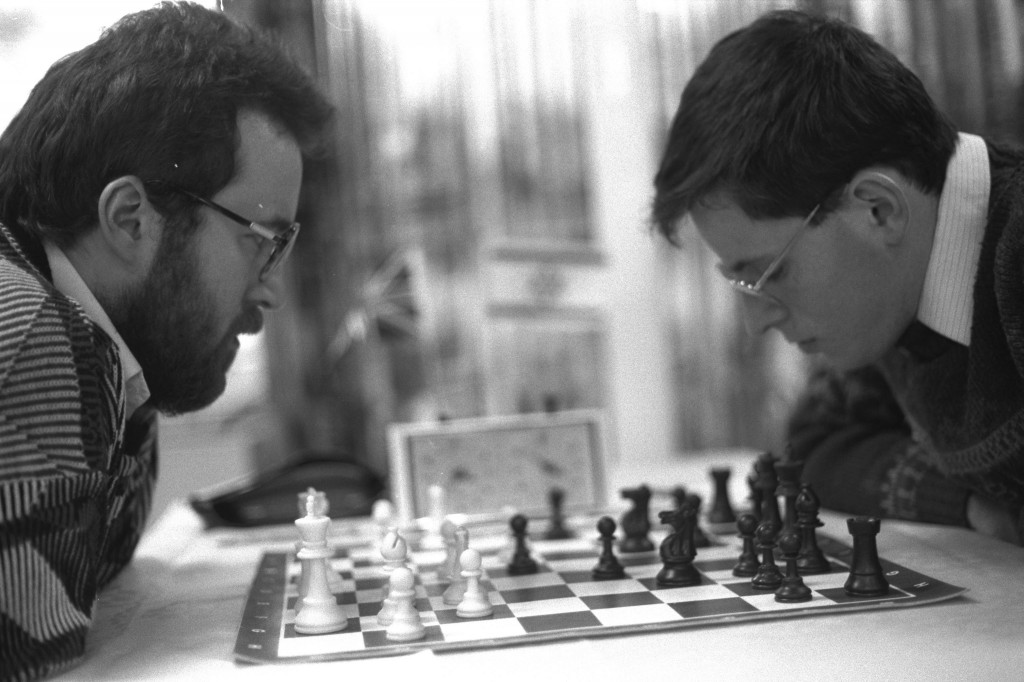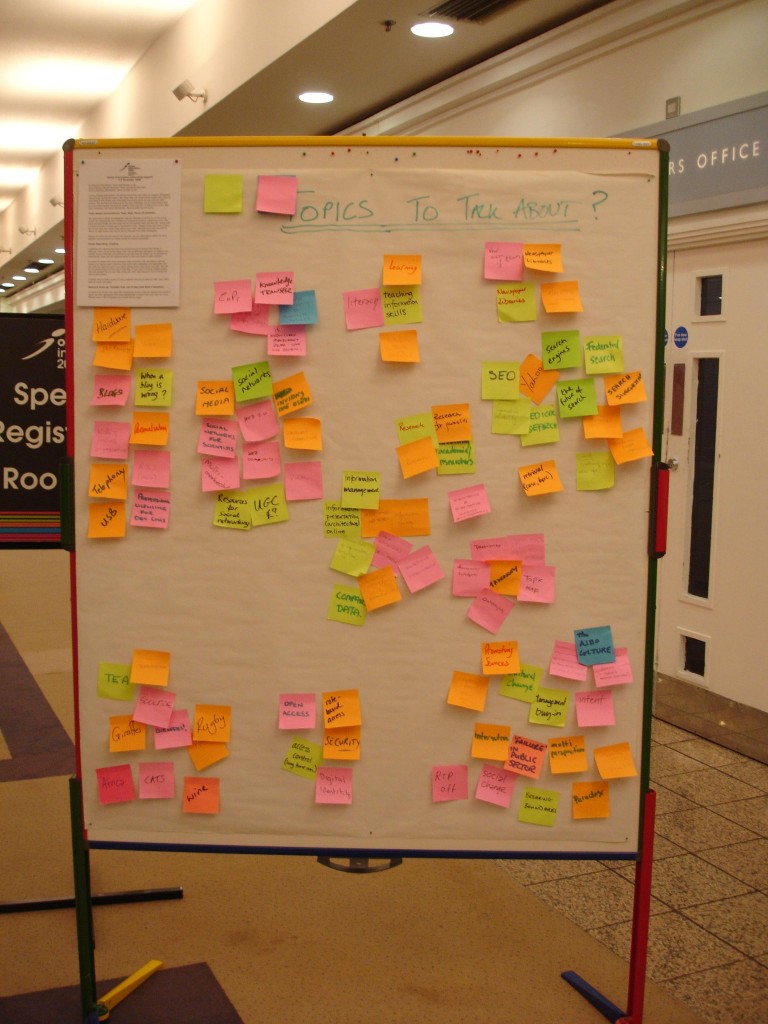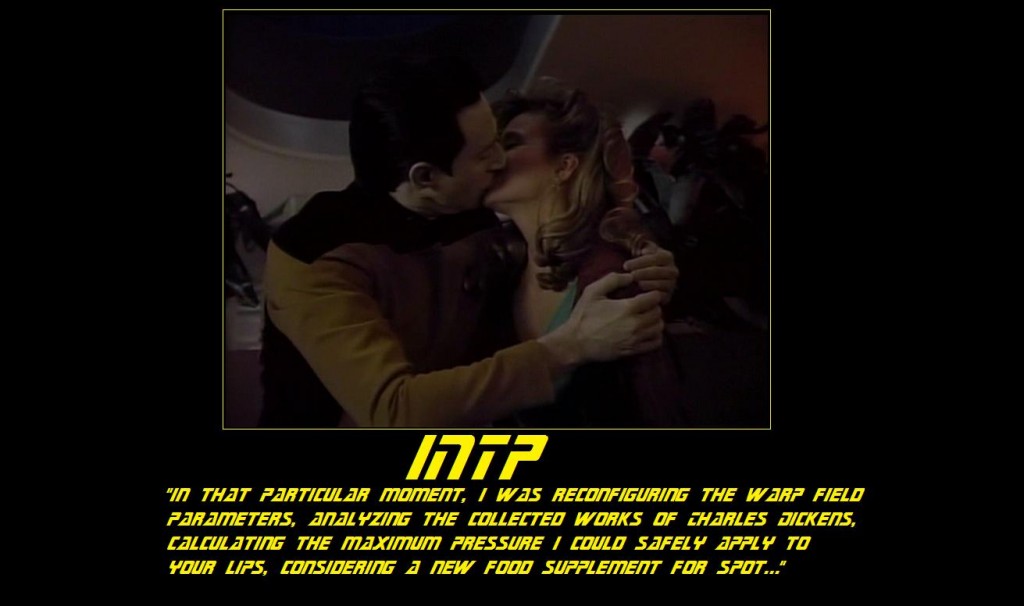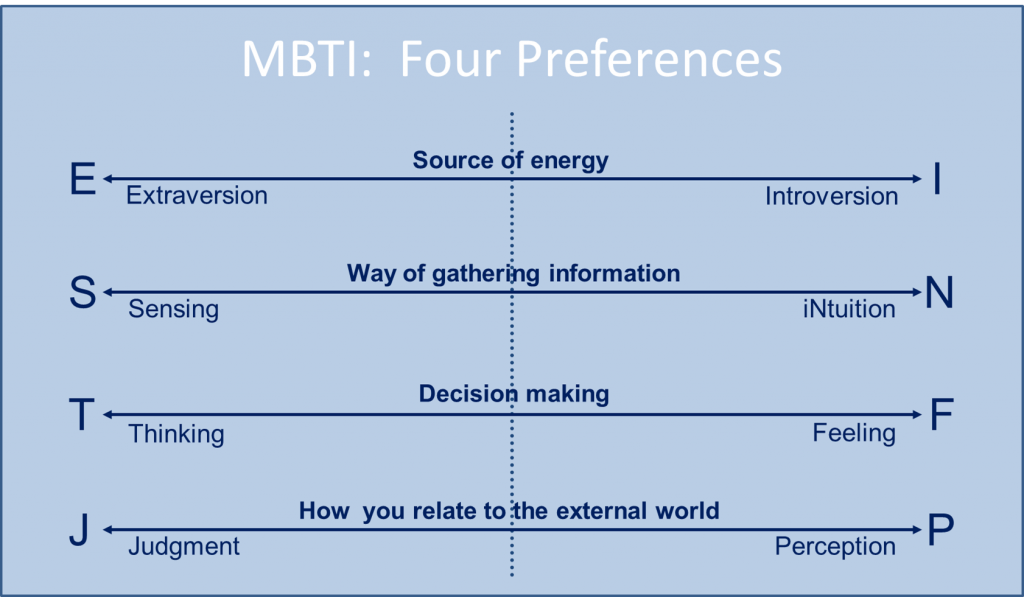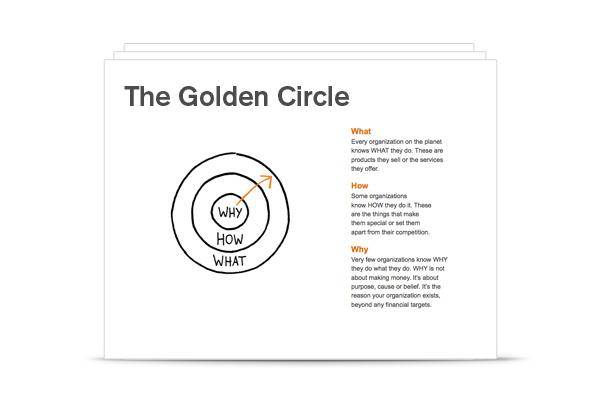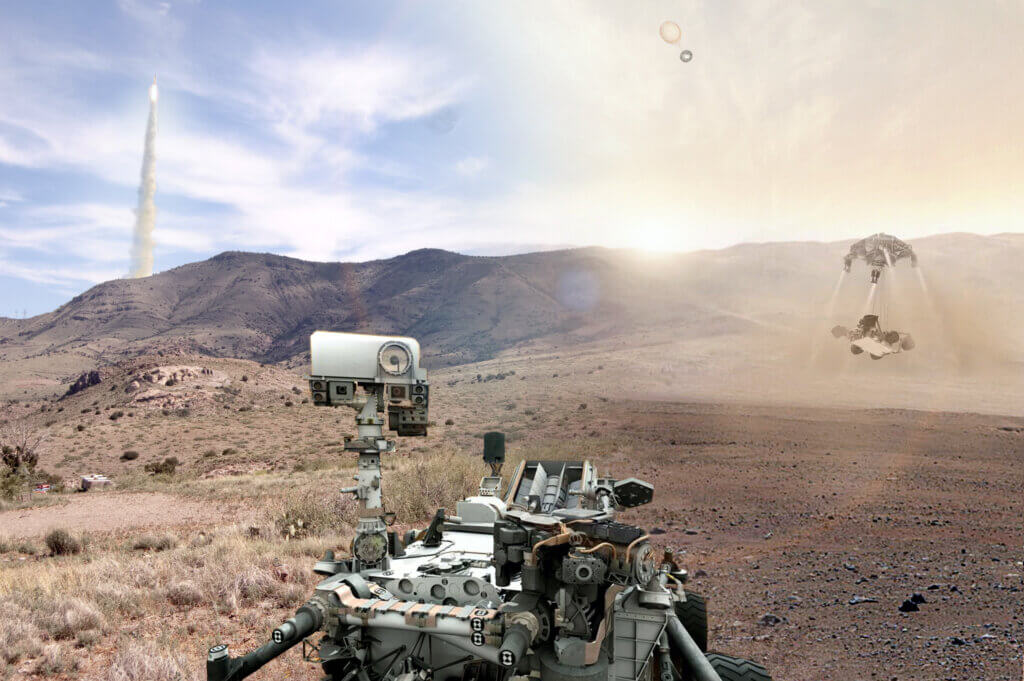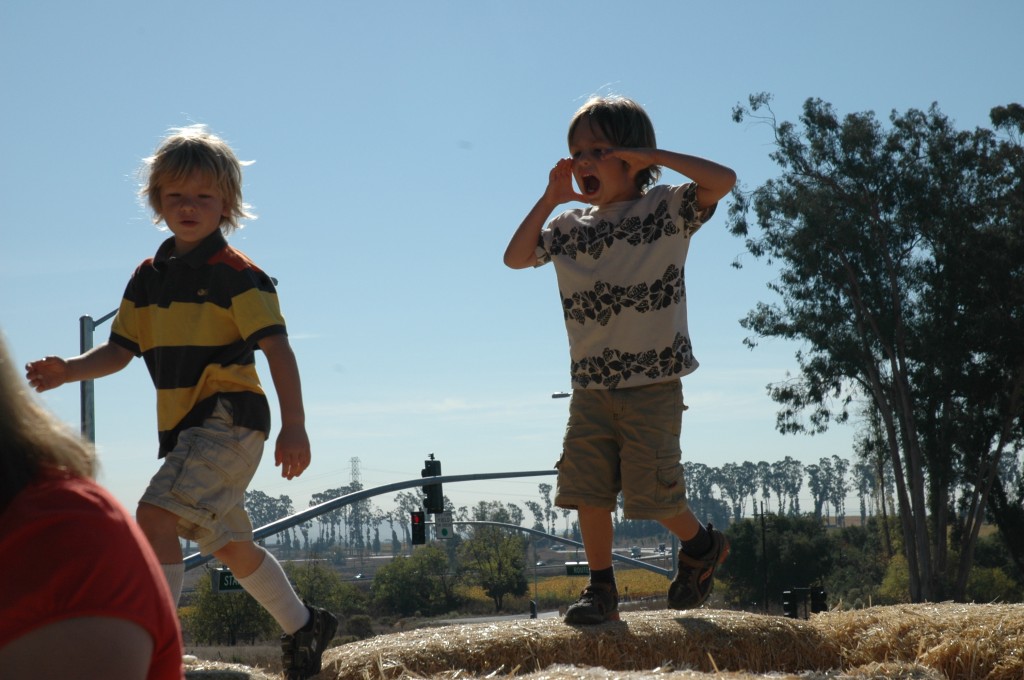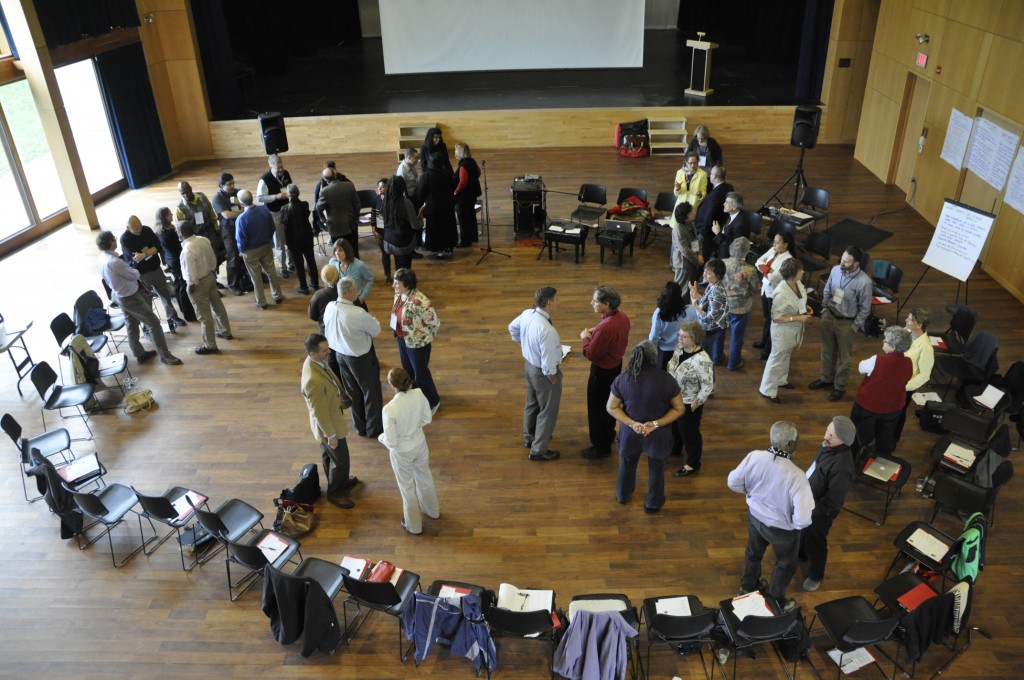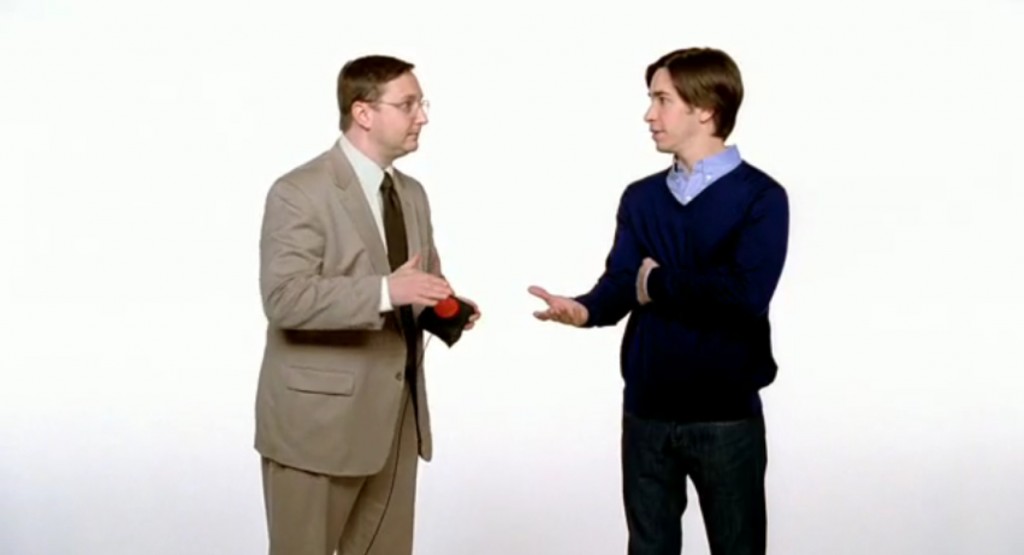Two ways to create better connections at a seated meal
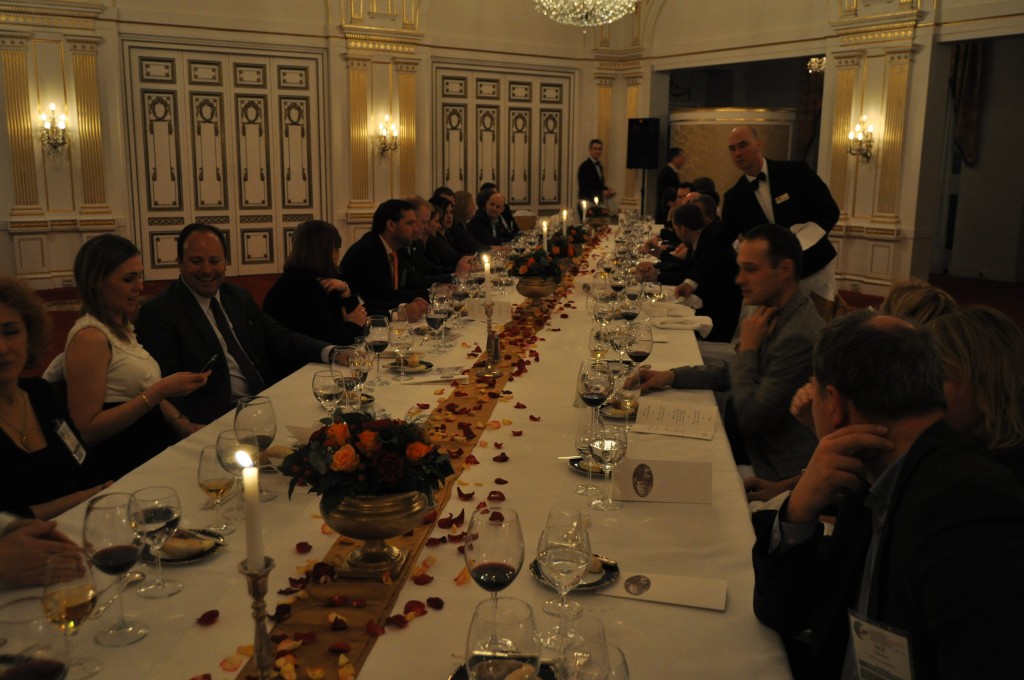
How can we create better connections at a seated meal?
Agreed! @ruudwjanssen: +1 !!!! “@thomsinger: The best dine around dinner ever – #mpicbs12 with @cindydaoust and the #MPI crew.Fun fun fun
— Jo-Anne Rockwood (@JRock1209) September 29, 2012
I was lucky enough to be at the above-tweeted Meeting Professionals International (MPI) Chapter Business Summit dinner last week. (Boy, can those MPI folks party!) Despite significant brain haze caused by surprise free rounds of José Cuervo (thank you, Araceli Ramos!) and port (anonymous benefactor, thank you!) I noticed two ways to create better connections during our boisterous dinner.
About twenty of us were seated at one long table in the private room at Bob’s Steakhouse in The Dallas Omni. Even if the acoustics had been perfect and your intrepid correspondent was not going deaf, that was far too many to hear the many conversations occurring around and across the entire table.
For a while, I enjoyed myself immensely getting to know my immediate neighbors (hi, Sherrie Hill & Jo-Anne Rockwood!) but connecting reliably with people further away seemed impossible.
Connection improvement number one
Suddenly, Cindy D’Aoust, the MPI COO seated two chairs away from me, clinked her wineglass, got us to quieten down for a moment, and made a simple suggestion. She asked everyone to share about themselves for a few minutes. Each person got to choose who spoke next.
What happened then was delightful. There were a huge variety of responses—informative, unexpected, funny—and we learned a great deal about who was there. There were a lot of interesting people around that table. And we would never have got to know them all without Cindy’s request. As the drinks took effect, latecomers started to join us from other dinners, and they, too, were encouraged to share about themselves (with many showing off a brief dance move—don’t ask).
If you have a larger gathering with diners seated at separate tables, I suggest that this be done at each table. This avoids the attempts at shout-across-the-round conversations that severely frustrate yours truly (and, I suspect, many others).
Connection improvement number two
Later in the evening’s proceedings, Ruud Janssen suggested that the ladies stand and change places so we would all get new conversational partners. Ruud’s normally persuasive manner did not sway us on this occasion. But he immediately reminded me of this other great option for increasing networked conversations that I first encountered at the FRESH dinner at EIBTM 2011. This dinner meeting embodies what Maarten Vanneste calls CLAMP, where the “M” stands for “Mixing”:
M: Mix participants: after each course half the participants (e.g. all the men) change places. Conversation varies and networking is optimal
This is a great way to mix up diners during a meal. It creates a complete set of new conversation partners. I experienced it at the FRESH dinner and it works!
Conclusion
So there you have it: two simple ways to increase the number of connections at a seated meal. Do you have more ideas?
Photo credit: Flickr user tnoc (aka Ruud Janssen!)

